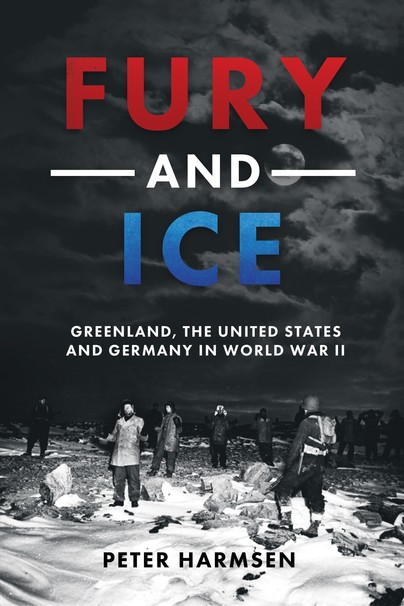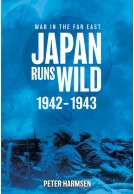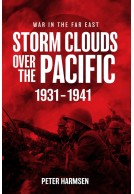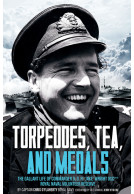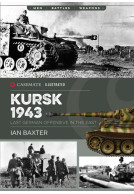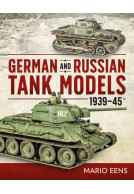Fury and Ice (Hardback)
Greenland, the United States and Germany in World War II
Imprint: Casemate Publishers
Pages: 256
Illustrations: 30+ b&w photographs
ISBN: 9781636243719
Published: 31st July 2024
(click here for international delivery rates)
Order within the next 3 hours, 52 minutes to get your order processed the next working day!
Need a currency converter? Check XE.com for live rates
The wartime interest in Greenland was a direct result of its vital strategic position—if you wanted to predict the weather in Europe, you had to have men in place on the vast, frozen island. The most celebrated example of Greenland’s crucial contribution to Allied meteorological services is the correct weather forecast in June 1944 leading to the decision to launch the invasion of Normandy. In addition, both before and after D-Day a stream of weather reports from Greenland was essential for the Allied ability to carry out the bombing offensive against Germany.The Germans were aware of the value of Greenland from a meteorological point of view, and they repeatedly attempted to establish semi-permanent weather stations along the sparsely populated east coast of the island. This resulted in an epic cat-and-mouse game, in which US Coast Guard personnel assisted by a celebrated sledge patrol manned by Scandinavian adventurers struggled to locate and eliminate German bases before they could make any difference. It's a story seldom told, but the fact remains that Greenland was the only part of the North American continent in which German troops maintained a presence throughout almost the entirety of the war.At the same time, the US entry into the war triggered an enormous American effort to hastily establish the necessary infrastructure in the form of harbors and air bases that enabled Greenland to form a vital link in the effort to send men and supplies across the North Atlantic in the face of stern opposition from the German Navy. While Allied ships were passing through Greenland waters in massive numbers, planes were plying the so-called Snowball Route from Greenland over Iceland to the British Isles.This gave rise to number of tragic incidents, such as the sinking of the transport ship SS Dorchester off Greenland in February 1942, leading to the deaths of 674 out of 904 men on board, including the “Four Chaplains”—representing the Methodists, the Reformed Church, the Catholic Church, and Judaism—who gave up their life jackets to save others. In July the same year, in one of the most massive, forced landings in history, “the lost squadron,” six P-38 Lightning fighter aircraft and two Flying Fortresses, crash-landed on a Greenland glacier.
‘‘This has been a fascinating read on such a little studied area of WWII. So many countries wanted their hands on the prize, yet so little has seemingly been written about it. This will surely be the go to book for anyone wishing to learn more about it.’’
History Book Chat
Review highlight: 'This is a fascinating account of a footnote in WWII history that's quite well written.'
Historical Miniatures Gaming Society, September 2024
About Peter Harmsen
Peter Harmsen, has been a foreign correspondent in East Asia for two decades. His reports have appeared in the Financial Times and the Far Eastern Economic Review. He has also worked for Bloomberg, the Economist Intelligence Unit and French news agency AFP. His previous book, Shanghai 1937: Stalingrad on the Yangtze, has been translated into Romanian and Chinese.







